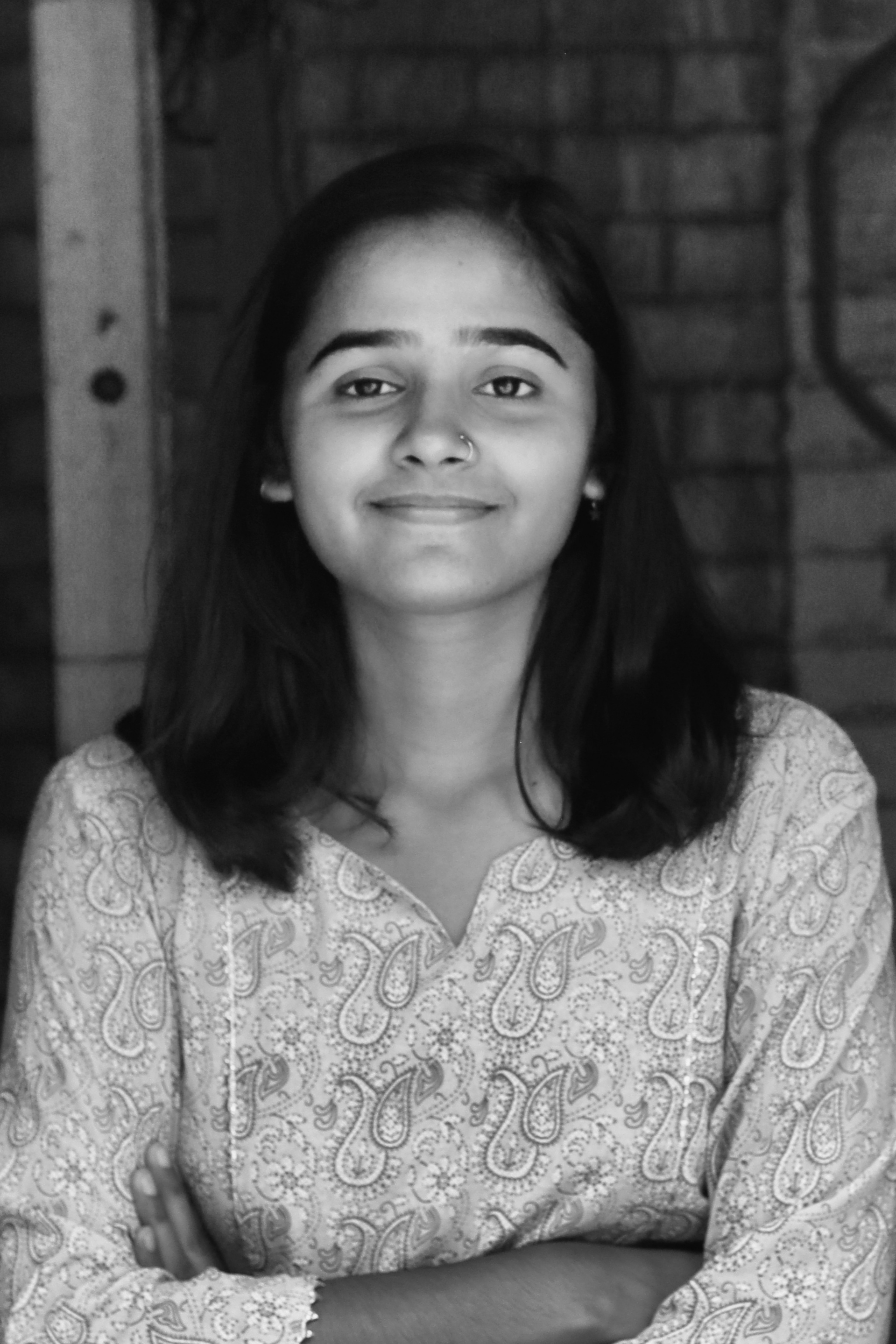Every morning, Najir Hussain diligently checks the news updates on his smartphone while waiting for customers at his vegetable shop in Bichhor village in the north Indian state of Rajasthan. He sends the latest news leads to his editor, Meena Kotwal at The Mooknayak – a digital media outlet that reports on marginalised communities like Dalits and Muslims in India. He, then patiently waits for Kotwal’s approval while tending to customers throughout the day.
This has created a sort of ‘voice infrastructure’ in the country. Now, anybody with an objectively and ethically right understanding of journalism can hold the mic and tell their stories
“I just need characters now, and I can write the whole story,” said the 41–year–old Hussain, who works at his small shop during the day and files stories by night for The Mooknayak.
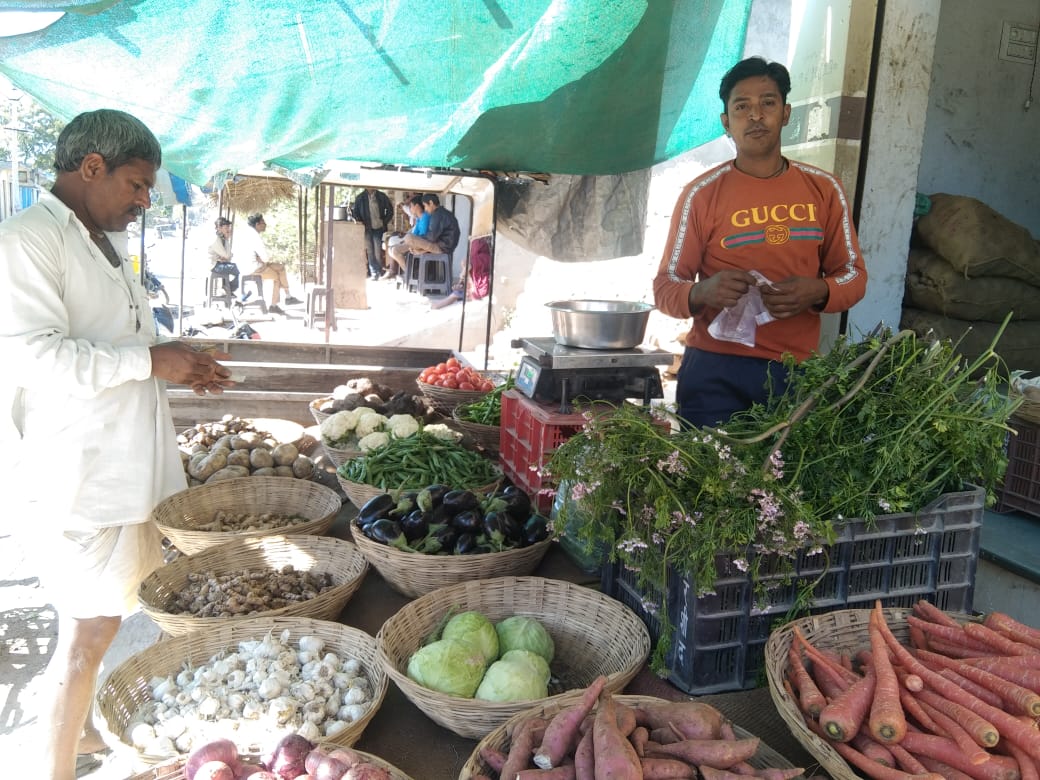
With no academic background in journalism, Hussain – a member of Pasmanda Muslims, who are among the most socially marginalised communities in the country – got instantly intrigued with reporting after following The Mooknayak’s coverage on Dalit atrocities in his home-town Rajasthan. Dalits are members of the lowest caste group in the traditional social hierarchy of India, historically subjected to social discrimination and exclusion.
After two years of reporting and writing stories on caste–based atrocities and police violence from Rajasthan, Hussain now feels quite confident in calling himself a journalist. “Though I had no prior experience [of any sort] in journalism, I have learned a lot, especially how to report and structure a story,” Hussain told Al Jazeera Journalism Review.
“I always wanted to do something about the routine harassment and incidents of lynching against my people. Because such stories are part of our everyday lives here. But barely they become part of the news cycle,” he added.
These platforms have created a consciousness among the mainstream outlets that if they do not give a platform to a particular issue, they are going to be exposed by the alternate media
Hussain’s story is not one of its kind. In a new significant trend, many daily wage workers from India’s poorest and most marginalised sections are documenting the stories of their communities in a media environment that they consider as ‘hostile’ to them.
Nazni Rizvi is another such example. She reports on gender, caste, and religious biases from the country’s most populous state Uttar Pradesh for Khabar Lahariya, India's only newspaper run solely by women.
Rizvi used to sell women's clothes and accessories in her village before getting the job of distributing prints of Khabar Lahariya in the neighborhood after meeting the newspaper’s editor. She eventually took an interest in writing about her community.
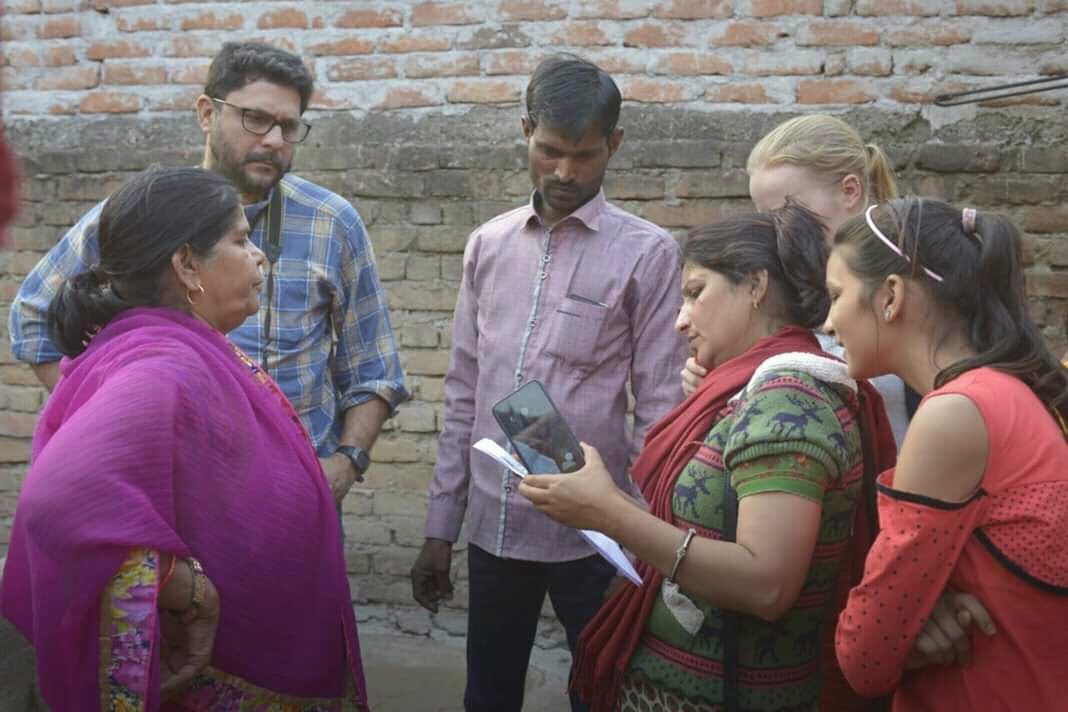
The 41–year–old could never continue her education beyond secondary school. However, Rizvi learned the art of storytelling and reporting with dozens of other female Dalit and Muslim journalists on–the–ground working with Khabar Lahariya’s team.
“People do not take journalists from rural India seriously, especially a Muslim woman journalist,” Rizvi told Al-Jazeera Journalism Review. “We have been the passive subjects the mainstream media reports on. I think our journalism has managed to change that narrative,” said Rizvi, who recently won the country's highly coveted Laadli Media & Advertising Awards for Gender Sensitive reporting in 2023.
I always wanted to do something about the routine harassment and incidents of lynching against my people. Because such stories are part of our everyday lives here.
Mainstream media in India has been notorious for overlooking the issues and interests of Dalits, who historically were regarded as “untouchable” in the country and still remain at the lowest rung in the caste hierarchy. Studies attribute the lack of coverage and skewed representation of Dalits to the near absence of ‘lower’ caste journalists, especially in editorial and leadership positions in the newsrooms.
In 2018, an Oxfam report revealed that a staggering 88% of journalists and editors in Indian newsrooms are ‘upper’ castes, despite constituting only about 20% of the nation's population. More than half of all anchors and panelists in Hindi and English primetime shows are from ‘upper’ caste groups, while no anchors from the Dalit and Adivasi (tribal) communities become the face of a primetime show.
Five years on, the number remains zero.
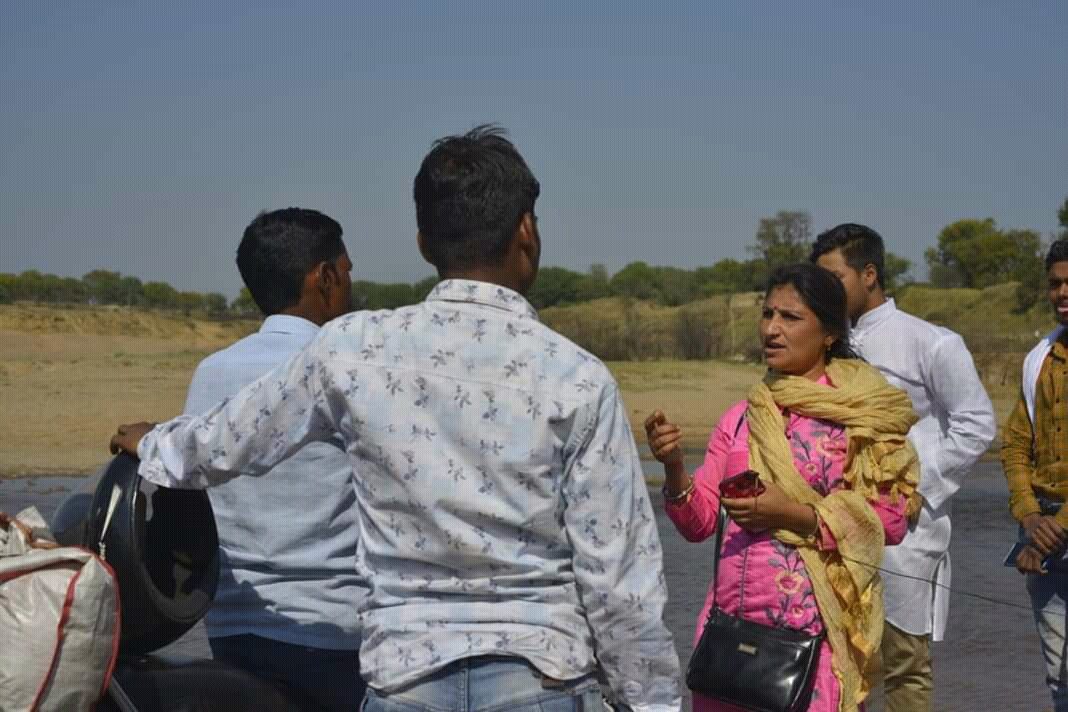
“This is why I started The Mooknayak,” said the 34–year–old Meena Kotwal. “To change the dominant media narrative and shift attention to our plights through sensitive and unbiased journalism,” she told Al-Jazeera Journalism Review.
A journalist for over six years and a Dalit herself, Kotwal launched The Mooknayak, or “the leader of the voiceless” in 2021 to “bridge the widening gap” in representation and amplify the voice of her people who are often neglected by the mainstream media.
She is among many emerging journalists who have launched independent news portals, and websites in the past decade to change the media coverage around minority issues and tell their own stories.
In a new significant trend, many daily wage workers from India’s poorest and most marginalised sections are documenting the stories of their communities in a media environment that they consider as ‘hostile’ to them
Kotwal's small yet diverse team of 16 members, including Hussain is spread across the north of the country and regularly publishes stories and videos on individual injustices to systemic inequalities in both Hindi and English language.
“Not only my entire team consists of people from Dalit, Adivasi [tribal] and Muslim communities. But some of them are also manual labourers or engaged in odd jobs to earn their livelihood,” Kotwal explained that it becomes an onerous task to train such reporters.
“But for me, that is no criterion to not give their passion a chance.”
We have become so accustomed to hearing 'a Dalit being murdered or raped’ in the headlines that we don't even question who committed these crimes
Skewed Representation in Media
India has close to 300 million Dalit population. Despite the country prohibiting caste-based discrimination in 1948, and enshrining the ban in its Constitution in 1950, experts say representation of Dalits in Indian media is reduced to the atrocities inflicted upon them.
“We have become so accustomed to hearing 'a Dalit being murdered or raped’ in the headlines that we don't even question who committed these crimes,” Vivek Kumar, Professor at Jawaharlal Nehru University and the writer of India’s Roaring Revolution: Dalit Assertions and New Horizons told Al-Jazeera Journalism Review.
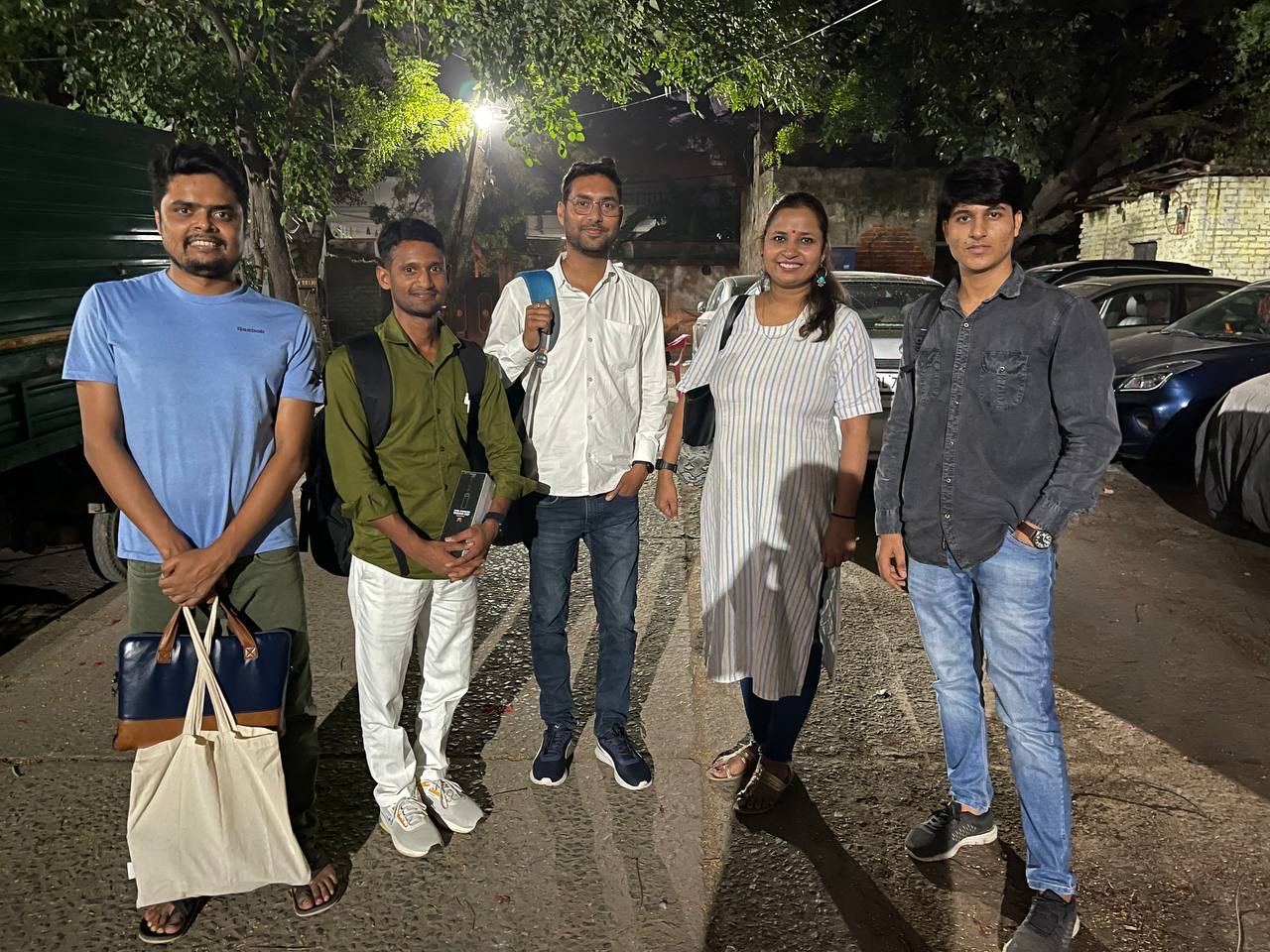
“That's the only time you are going to watch a Dalit on the news, which essentially is an upper caste news being sold to us as Dalit news,” Kumar added.
Satya Prakash Bharti, another Dalit journalist who earlier used to do door-to-door marketing for a small shampoo company and is now reporting on incidents of violence against his community feels that his reporting has often landed him in hostile situations. “My privileged–caste colleagues get offended when I report on Brahmins discriminating against Dalits,” said the 29–year–old, who has experienced a rift both in his personal and professional friendships with people from dominating castes.
Journalists from marginalised communities may not have excellent training and great resources. But with just a $200 smartphone and a $10 microphone, they are documenting stories of their communities
It took Bharti a lot of effort and working odd jobs to survive before getting his foothold in journalism, one of the cutthroat industries in the country. However, Bharti believes that these experiences have only strengthened his belief in bringing out the stories of his community. “For not every Dalit gets that opportunity.”
Not only Dalits but religious minorities like Muslims too face the brunt of misrepresentation in the Indian newsrooms.
However, the proliferation of smartphone users and cheap accessibility to the internet have heavily changed the news production and consumption patterns in the country.
Mohammad Reyaz, an academic who works on issues of minority marginalisation, believes digitization of newsrooms across the world has democratised the space, especially for those who have been at the margins of society.
“Journalists from marginalised communities may not have excellent training and great resources. But with just a $200 smartphone and a $10 microphone, they are documenting stories of their communities,” said Reyaz. “That has birthed many alternative digital media spaces.”
Though I had no prior experience [of any sort] in journalism, I have learned a lot, especially how to report and structure a story
Professor Kumar points out that the minority’s accessibility to the digital news spaces has also deconstructed the metanarrative of the mainstream media. He believes a Dalit or Muslim journalist does not need to be the face of the industry and state–owned mainstream news channel to be recognised.
“These journalists and their reports have found a niche audience among a huge population whose stories often go unreported in the Indian mainstream media,” Kumar explained. “That, in my opinion, is a great equaliser.”
Reyaz credits alternative media outlets like Maktoob, Khabar Lahariya, and The Mooknayak in India for breaking hyperlocal stories and making them part of the news ecosystem. “This has created a sort of ‘voice infrastructure’ in the country. Now, anybody with an objectively and ethically right understanding of journalism can hold the mic and tell their stories,” Reyaz said.
Kumar echoes a similar sentiment. He observes that many stories that are reported by alternative media platforms are eventually picked up by the mainstream media. “These platforms have created a consciousness among the mainstream outlets that if they do not give a platform to a particular issue, they are going to be exposed by the alternate media.”
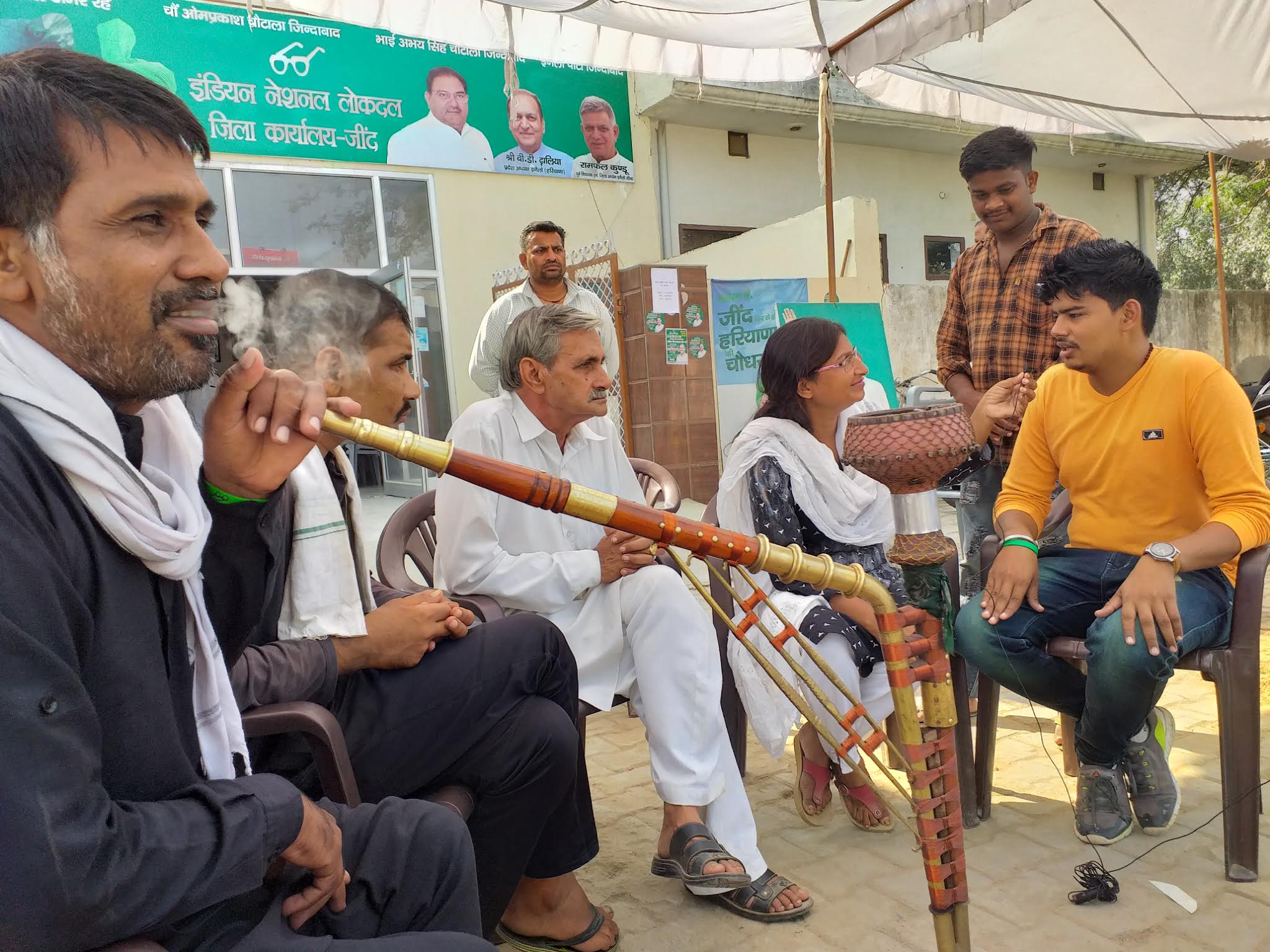
However, taking note of India's current political and social milieu, Professor Kumar is apprehensive of the alternative media platforms or these new-age journalists from marginalized communities getting their due space and visibility anytime soon. “I think the Dalit community is coming out of thousands of years of drudgery and marginalisation,” said Kumar. “It is obviously going to take longer for them to become the mainstream and create a discernible change in the media discourse.”
I will continue to report for The Mooknayak, for, it has given me a voice.
The lack of funding and resources compounds the problem
“Every new month, fund crunch becomes a huge issue affecting our workflow,” said Kotwal, who has only started taking a monthly salary for herself since April 2023. Despite the challenges, Kotwal strongly believes it is more of her responsibility to keep documenting the injustices and wrongs done to her community. “Why can’t we become the mainstream?” Kotwal questioned, adding, “And the only way to achieve that is to honestly show the ‘other’ side.”
While Kotwal remains committed to establishing credibility for The Mooknayak’s journalism, Hussain hopes to enroll himself in a journalism course amidst familial responsibilities.
“I will continue to report for The Mooknayak,” said Hussain. “For, it has given me a voice.”


